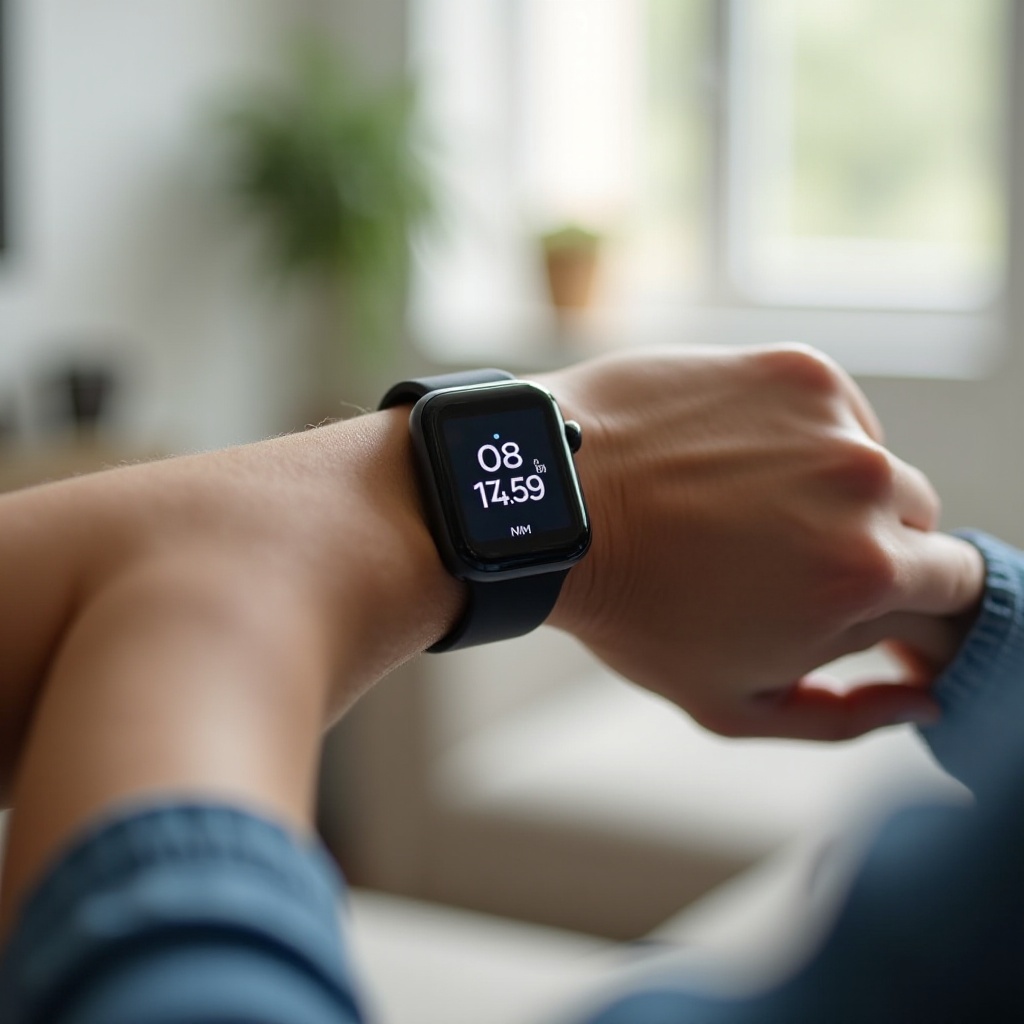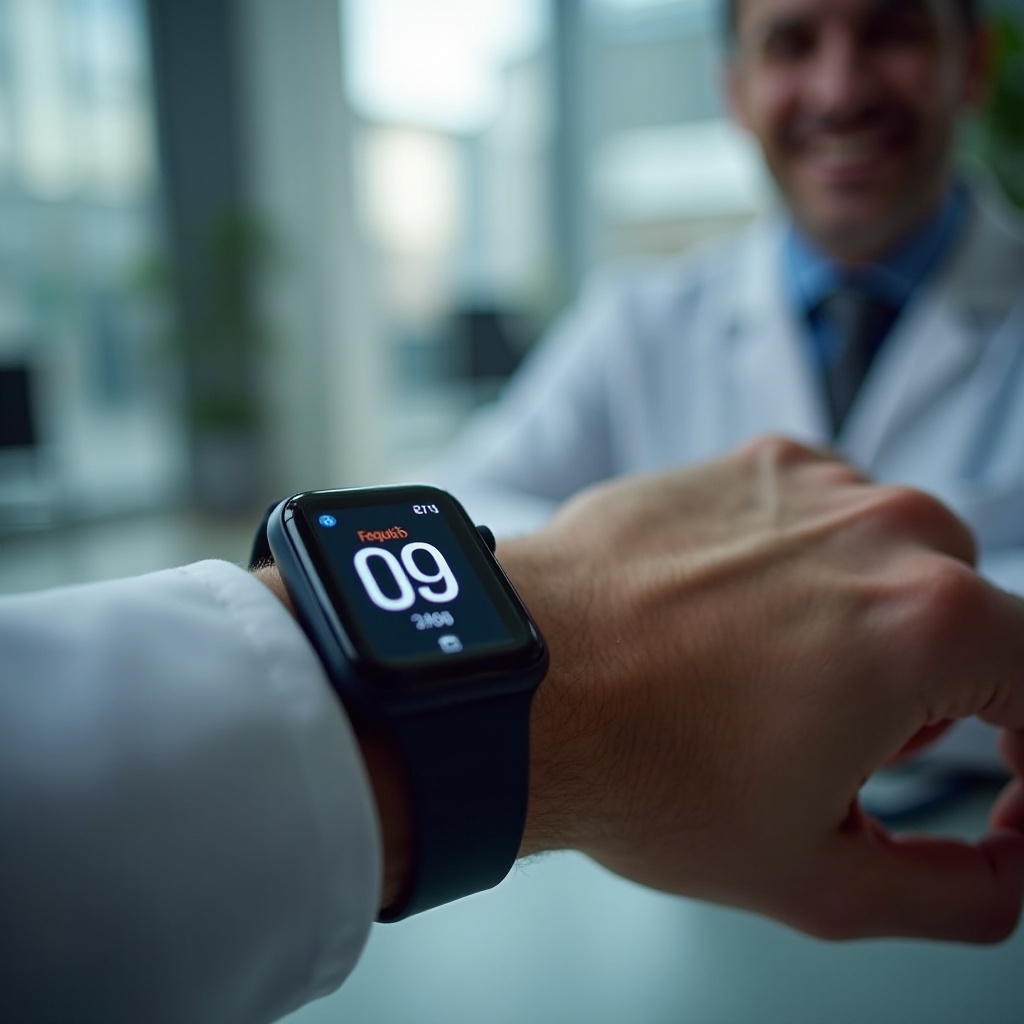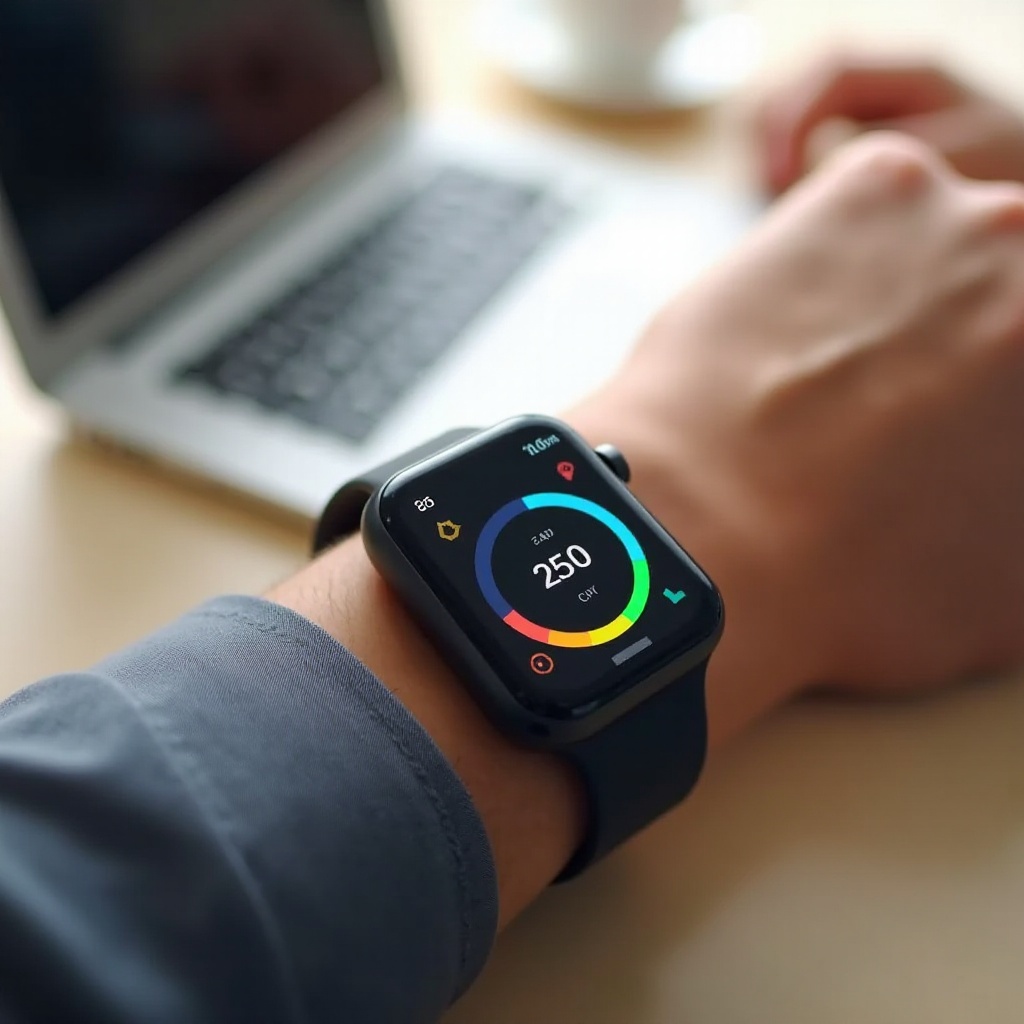
Introduction
Blood glucose monitoring is vital for managing diabetes and overall health. Traditional methods like finger-prick tests have been the standard, but they can be cumbersome and uncomfortable. With the rise of wearable technology, smart watches promise a non-invasive way to monitor blood glucose levels. This development could revolutionize diabetes care by offering convenience and continuous monitoring. However, the question remains: how accurate are these devices? Let’s delve into the technology behind smart watches, their accuracy, and how they compare to traditional methods.

Understanding Blood Glucose Monitoring
Blood glucose monitoring is essential for individuals with diabetes to manage their condition and prevent complications. Glucose levels can fluctuate due to various factors such as diet, physical activity, and medication. Accurate monitoring allows for timely adjustments to maintain optimal glucose levels. Traditionally, this involves using a glucometer to measure blood glucose from a finger-prick blood sample. Continuous Glucose Monitors (CGMs) have also become popular, offering real-time data through a sensor placed under the skin. These methods provide critical information but come with their own challenges, such as discomfort and the need for calibration.

The Technology Behind Smart Watches for Blood Glucose Monitoring
How Smart Watch Sensors Work
Smart watches designed for blood glucose monitoring use advanced sensors to estimate glucose levels through the skin. These sensors often employ optical technologies, such as Photoplethysmography (PPG) or Raman spectroscopy, to detect glucose molecules. PPG measures changes in blood volume using light absorption, while Raman spectroscopy identifies chemical composition through light scattering. These non-invasive methods aim to provide continuous glucose readings without the need for blood samples.
Latest Technological Advancements
Recent advancements in smart watch technology focus on improving sensor accuracy and user experience. Companies are developing algorithms that enhance data processing and reduce noise interference. Machine learning techniques are also being integrated to predict glucose trends and offer personalized insights. Additionally, some smart watches now pair with implanted sensors to boost reliability. These improvements aim to bridge the gap between convenience and accuracy, making these devices more viable for daily glucose monitoring.
Factors Influencing the Accuracy of Smart Watches
Types of Sensors Used
The type of sensor used in a smart watch significantly affects its accuracy. Optical sensors, while non-invasive, must differentiate between glucose and other blood components. This can lead to variability in readings. Some watches use electrochemical sensors, similar to traditional CGMs, which might offer better accuracy but require skin implantation.
As we progress to the next influential factor, calibration, and the behavior of users, it is important to maintain consistency in how these devices are used.
Calibration and User Behavior
Calibration is crucial for maintaining accuracy. Many smart watches need initial calibration using a traditional glucometer. Regular recalibration is often necessary. User behavior also impacts accuracy—proper placement on the wrist, skin cleanliness, and consistent usage can all influence readings.
Environmental Factors
External conditions such as temperature, humidity, and even physical activity can affect sensor performance. High temperatures can alter the skin’s properties, impacting sensor readings. Similarly, sweat and water can interfere with sensor signals. Understanding these environmental influences helps users take more accurate readings from their smart watches.
Comparing Smart Watches with Traditional Methods
Traditional Blood Glucose Monitoring
Traditional glucometers involve pricking the finger to obtain a blood sample, which is then analyzed for glucose levels. While highly accurate, this method can be painful and inconvenient. CGMs, on the other hand, provide continuous readings through a sensor inserted under the skin, reducing the need for frequent finger pricks but still requiring calibration and sensor replacements.
Smart Watches and Their Advantages
Smart watches offer a less invasive alternative, with some models providing continuous glucose monitoring without any needles. They are more convenient, allowing users to track their glucose levels alongside other health metrics like heart rate and physical activity. The data integration with mobile apps also facilitates better health management.
As we contrast traditional and smart watch methods, it is crucial to discuss the accuracy of these devices in real-world settings.
Accuracy of Conventional Devices vs. Smart Watches
Currently, traditional methods like glucometers and CGMs hold an edge in accuracy over smart watches. Glucometers are considered the gold standard with very low margins of error. Smart watches, however, are catching up as technology advances. While they may not yet replace traditional methods entirely, they provide a valuable supplementary tool for continuous monitoring.
Pros and Cons of Using Smart Watches for Blood Glucose Monitoring
Benefits for Users
- Convenience: Non-invasive and easily integrated into daily wear.
- Continuous Monitoring: Provides constant updates on glucose levels.
- Data Integration: Syncs with health apps for comprehensive health tracking.
- User-Friendly: Reduces the need for frequent finger pricks.
Potential Drawbacks
- Accuracy Limitations: May not be as precise as traditional methods.
- Environmental Sensitivity: Performance can be affected by external conditions.
- Calibration Requirements: Regular calibration with traditional glucometers might still be necessary.
- Cost: Advanced models can be expensive.

Conclusion
Smart watches for blood glucose monitoring represent a significant advancement in health technology, offering a convenient and non-invasive alternative to traditional methods. While they have several advantages, including continuous monitoring and integration with health apps, challenges remain in achieving the same accuracy as conventional devices. Ongoing technological advancements promise to improve their reliability, making them an increasingly valuable tool in diabetes management.
Frequently Asked Questions
Are smart watches accurate enough to replace traditional blood glucose monitors?
While smart watches provide valuable continuous monitoring, they are not yet accurate enough to completely replace traditional glucometers. They are best used as supplementary tools alongside conventional methods.
How often should a smart watch be calibrated for accurate blood glucose readings?
Calibration frequency varies by device, but most require initial calibration with a traditional glucometer and periodic recalibrations to maintain accuracy.
Can environmental factors like temperature affect the accuracy of smart watches in monitoring blood glucose?
Yes, environmental factors such as temperature, humidity, and sweat can impact the accuracy of smart watch readings. It’s essential to consider these factors when using the device.
